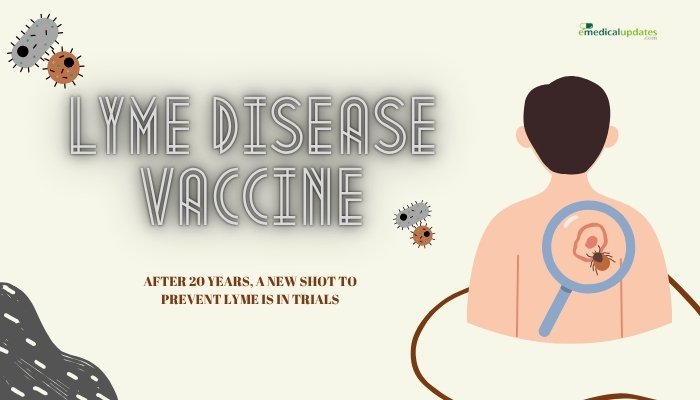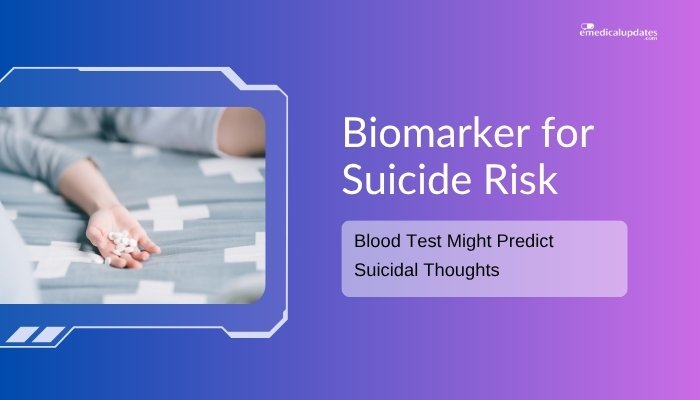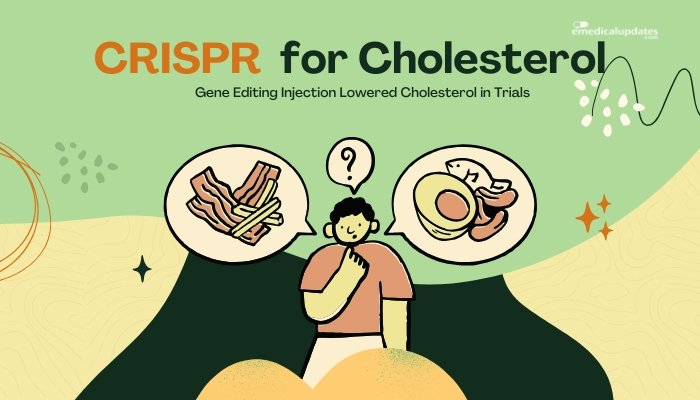Introduction
Lyme disease—spread by ticks carrying the Borrelia burgdorferi bacteria—affects tens of thousands each year in the United States and Europe. Common symptoms include rash (the “bull’s-eye” erythema migrans), fatigue, and joint pain; untreated cases can lead to arthritis, neurological issues, or heart complications.
While a previous Lyme vaccine was pulled from the market years ago, pharmaceutical companies are now testing a new shot designed to protect people from Lyme for the first time in two decades. Below, we examine why it was discontinued, how this next-generation vaccine works, and its potential timeline for availability.
The Toll of Lyme Disease
Widespread Impact
- Geographic Regions: Lyme is most prevalent in the Northeast and upper Midwest of the U.S., plus parts of Europe.
- Rising Incidence: Tick habitats are expanding, and warmer climates can boost tick activity, increasing infection rates.
Symptoms and Complications
Early Lyme often presents with fatigue, fever, and joint aches, culminating in the characteristic rash. If untreated, it can progress to cardiac issues, facial palsy, or chronic joint problems.
A 20-Year Gap in Lyme Vaccines
Previous Vaccine Withdrawal
In the late 1990s, a Lyme vaccine (LYMErix) existed, using an outer-surface protein of Borrelia burgdorferi. Despite demonstrating reasonable efficacy:
- Low Demand and Controversy: Public concerns about side effects and limited uptake led the manufacturer to discontinue it.
- Unmet Need: The lack of a vaccine left a gap in Lyme prevention, despite rising tick populations.
Renewed Push for Prevention
As Lyme’s prevalence climbs, researchers and public health officials once again emphasize the importance of a protective vaccine—especially for those in endemic areas.
How the New Vaccine Works
Targeting Tick-Borne Bacteria
The next-generation vaccine candidates often:
- Use Outer-Surface Proteins: Similar to older approaches, they aim to trigger antibodies that neutralize Borrelia in the tick’s gut before it can infect humans.
- Enhance Duration and Efficacy: Updated formulations or adjuvants may address concerns about partial immunity or waning protection.
Clinical Trials
Large-scale Phase III trials, enrolling thousands of participants in Lyme-prone regions, test the vaccine’s ability to prevent infection. Researchers also assess safety, monitoring for potential side effects or rare adverse events.
Potential Benefits and Challenges
- Reducing Disease Burden: A widely adopted vaccine might significantly cut Lyme incidence, avoiding long-term complications and costs.
- Limited Anti-Tick Tools: Currently, people rely on tick checks, repellents, and habitat management. A vaccine adds a potent protective layer.
- Public Perception: Overcoming mistrust or confusion about the older vaccine is essential. Education on safety and efficacy is paramount for acceptance.
Timeline and Next Steps
Ongoing Trials
Vaccine developers are currently conducting multi-year studies, collecting data on infection rates among vaccinated vs. placebo groups. If results hold up, they may submit for regulatory approval in the next few years.
Potential Availability
Should regulators approve the vaccine, it could roll out in high-risk areas first. Public health officials might recommend it for children and adults in Lyme-endemic states or for those frequently outdoors (campers, hikers).
Frequently Asked Questions
- Does the vaccine replace the need for tick checks or repellents?
- No. It would be an additional protective measure. Basic precautions, like using DEET or permethrin and checking for ticks, remain vital.
- Will it protect against all tick-borne diseases?
- It specifically targets Borrelia burgdorferi. It doesn’t protect against other pathogens like babesiosis or anaplasmosis carried by ticks.
- Is it safe?
- Early-phase trials suggest good tolerability. Ongoing large trials aim to confirm both safety and efficacy profiles.
- Should people in non-endemic areas get it?
- Eventually, it may be widely available, but initial focus is on high-incidence states. Guidance will evolve post-approval.
- How effective is it expected to be?
- Final efficacy data depends on ongoing trials. Past or analogous vaccines have shown up to ~70–80% effectiveness, but current technology might improve that.
Conclusion
After two decades with no Lyme disease vaccine on the market, new candidates under development offer renewed hope for those living in tick-endemic regions. By building on the lessons from earlier attempts, today’s scientists aim for safer, more effective protection against Borrelia burgdorferi. If final trial results confirm these vaccines’ efficacy and minimal side effects, broad distribution may soon follow—potentially turning the tide on a disease that afflicts tens of thousands each year. In the meantime, vigilance in tick checks and personal protective measures remains crucial until a licensed, widely accessible vaccine arrives.
References
-
- Centers for Disease Control and Prevention (CDC). (2023). “Lyme disease: Data and statistics.”
-
- Plotkin SA. (2020). “History of Lyme disease vaccination.” Vaccine.
-
- WHO. (2022). “Tick-borne diseases: Global trends and vaccine development.”
-
- Steere AC, et al. (2019). “Advancements in Lyme vaccine technology.” J Infect Dis.







